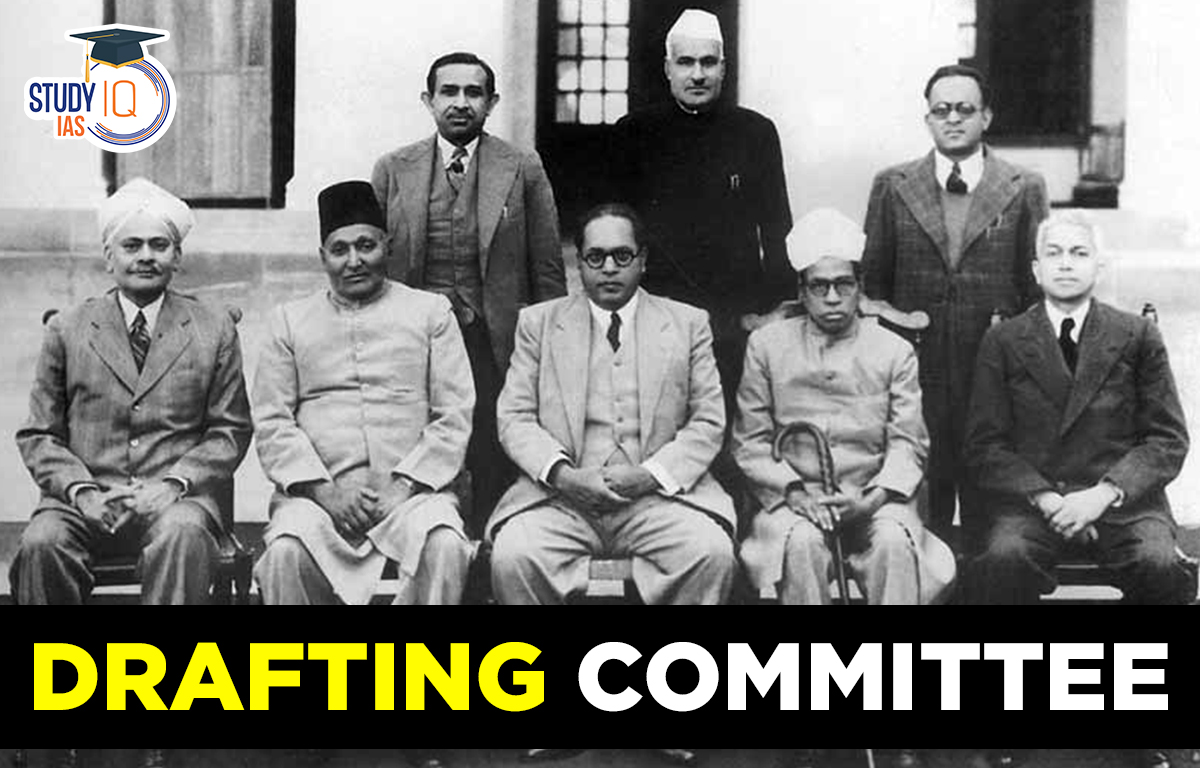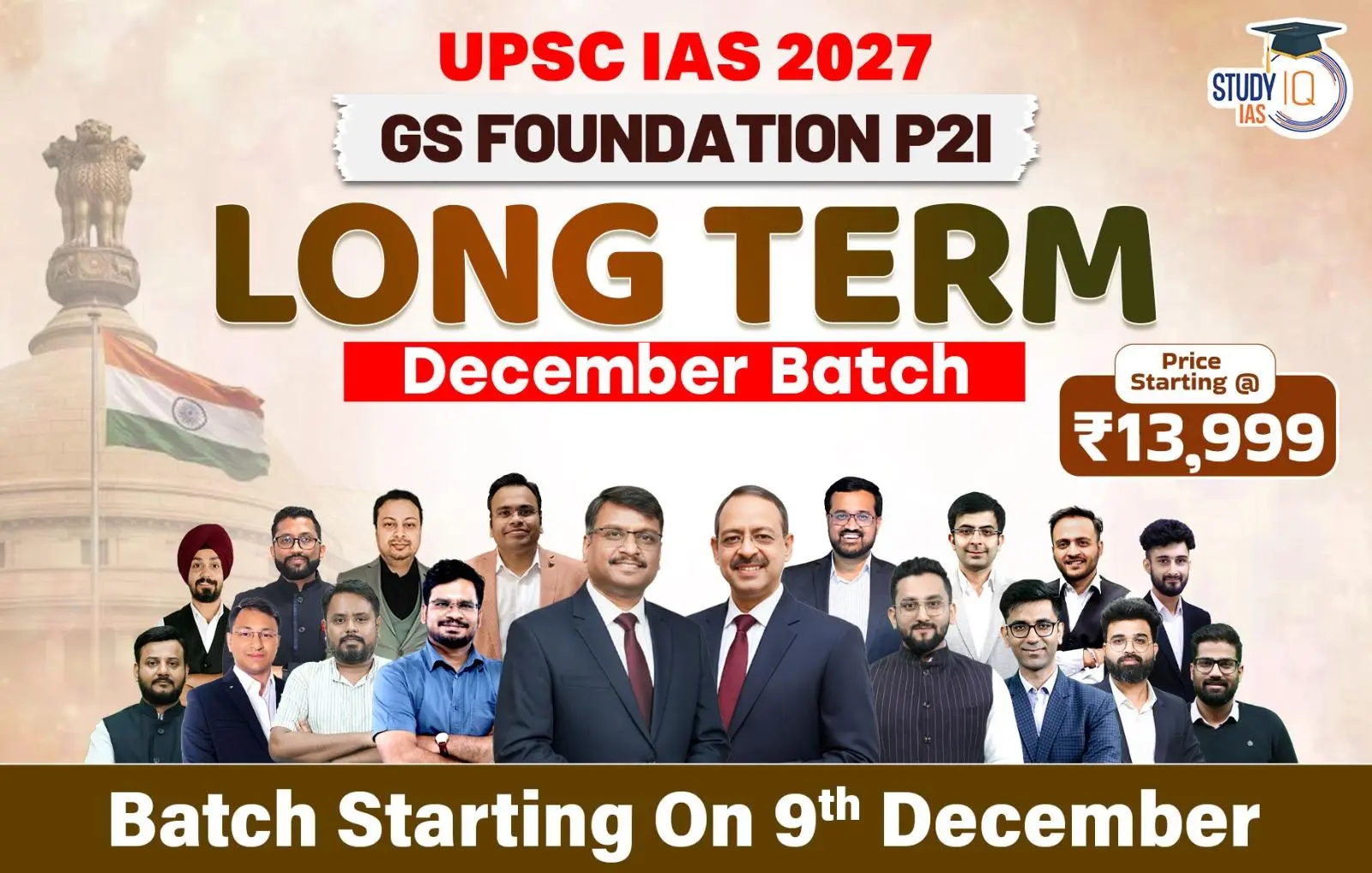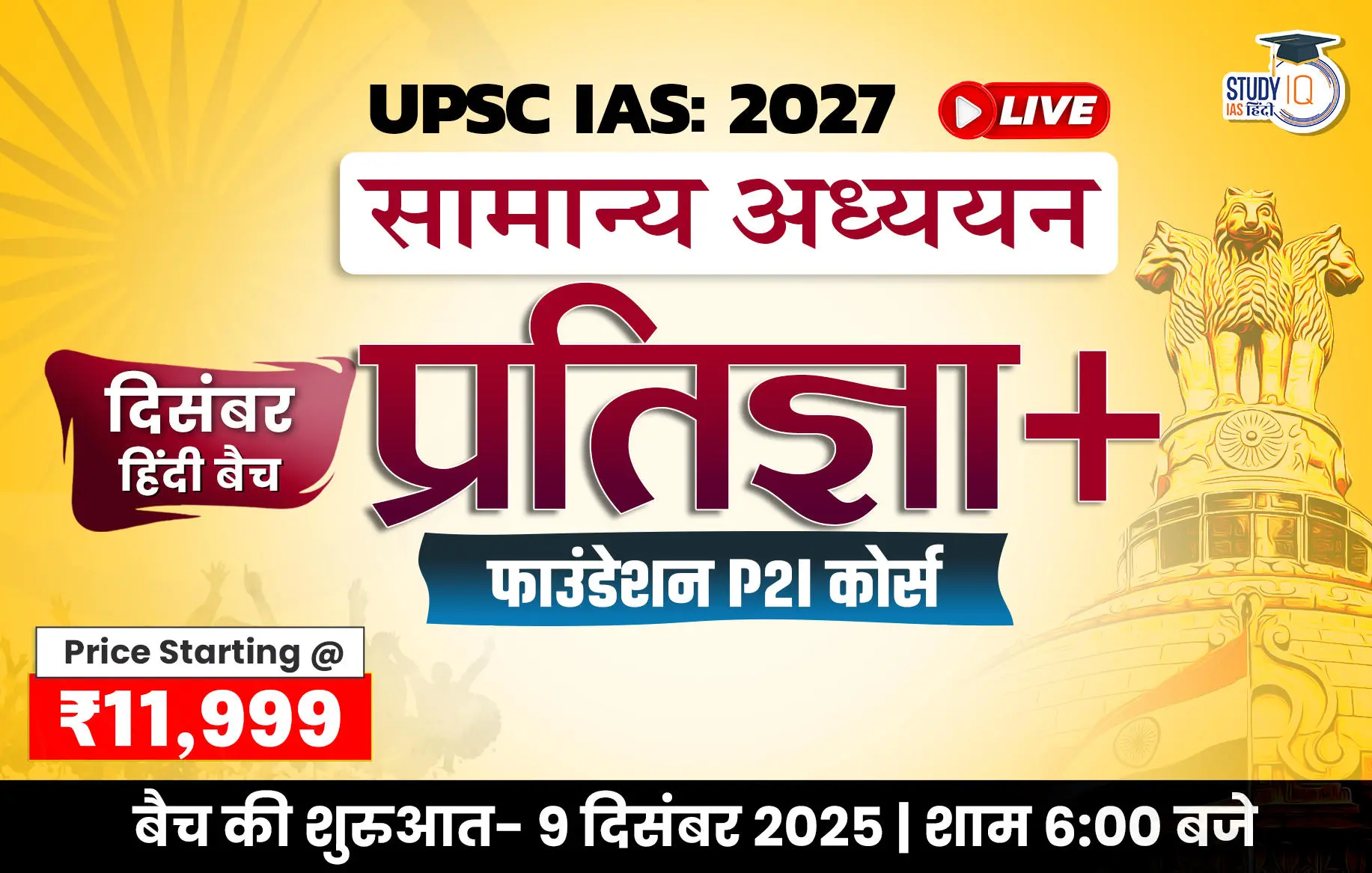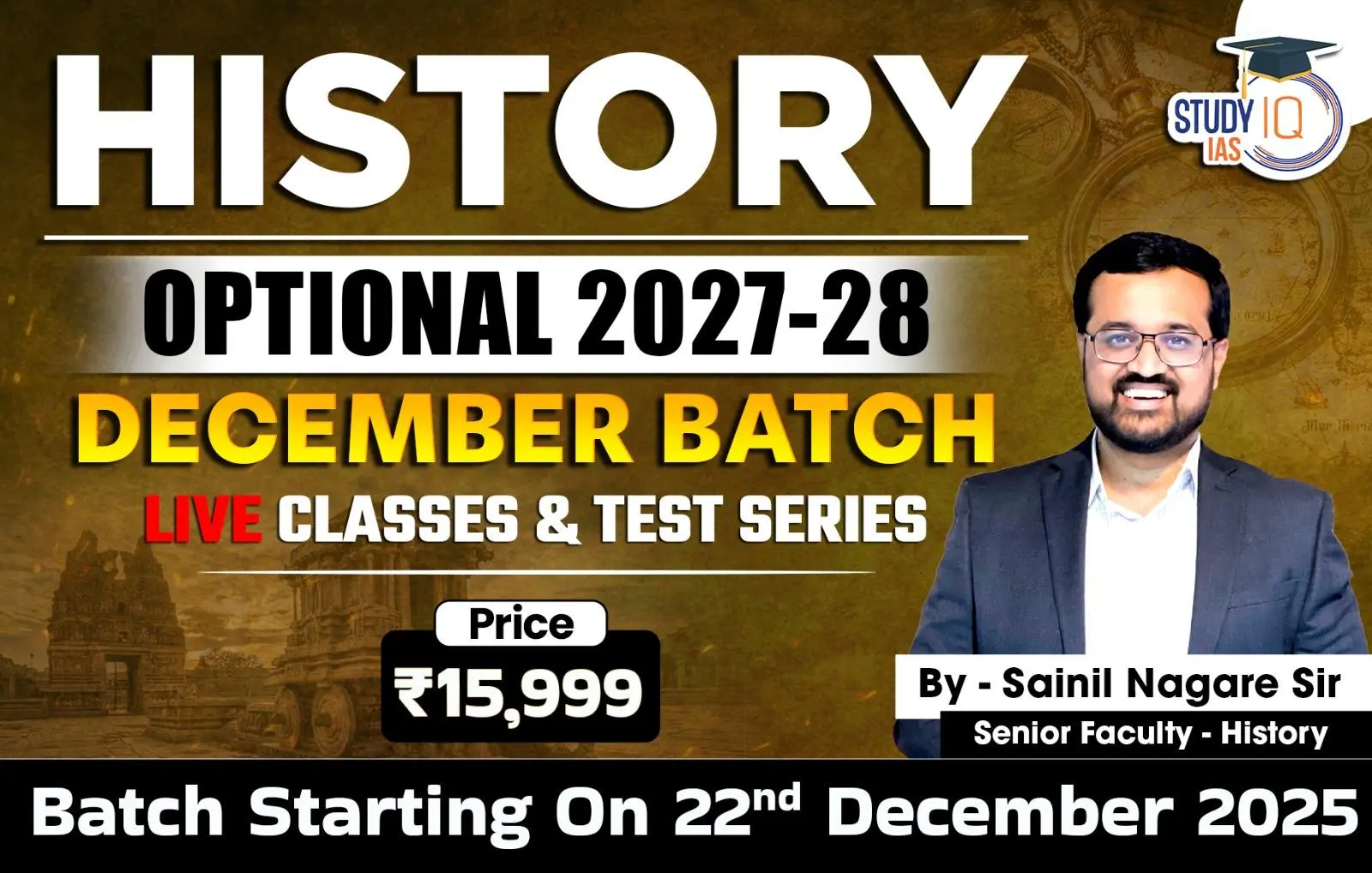Table of Contents
he Drafting Committee of the Indian Constitution was one of the most significant committees formed by the Constituent Assembly. It was constituted on 29th August 1947 with the primary responsibility of scrutinizing and preparing the draft of the Constitution. The committee worked under challenging circumstances to create a comprehensive and inclusive legal framework for the newly independent India.
This article covers the formation, members, contributions, and final draft of the Constitution prepared by the Drafting Committee, making it a valuable resource for UPSC aspirants, law students, and anyone interested in Indian polity.
Drafting Committee
The drafting committee was the most important committee compared to the other committees of the Constituent Assembly. It was set up on 29th August 1947, by the constituent assembly to scrutinize the draft of the text of the Constitution of India prepared by the Constitutional Adviser in order to give effect to the decision taken by the Constituent Assembly and to submit to the assembly for consideration.
| Particulars | Details |
|---|---|
| Formation Date | 29th August 1947 |
| Number of Members | 7 |
| Chairman | Dr. B.R. Ambedkar |
| First Draft Submission | 21st February 1948 |
| Final Adoption of Constitution | 26th November 1949 |
| Final Signatures | Two versions – Hindi and English |
| Original Constitution | Hand-written and artistically illustrated |
Objective of Drafting Committee
The Drafting Committee was formed to:
-
Examine the draft prepared by the Constitutional Adviser B.N. Rau.
-
Modify the draft in light of the decisions taken by the Constituent Assembly.
-
Submit the final version to the Assembly for debate and adoption.
Members of the Drafting Committee
The Drafting Committee had seven members that are described below:
| Members of the Drafting Committee | Important Facts |
| Alladi Krishnaswami Iyer | He was an Indian barrister who served in the Constituent Assembly, which drafted the Indian Constitution. According to B.R. Ambedkar, Alladi Krishnaswamy Iyer was the chief architect of the Constitution of India and chairperson of the committee. |
| N. Gopalaswami | He was elected in 1946 to serve in the Constituent Assembly of India, which met in 1946 and was presided over by Jawaharlal Nehru. He was chosen to serve on the Indian Constitution’s thirteen-person Drafting Committee.
He was a Minister without Portfolio in Jawaharlal Nehru’s 1st cabinet from 1947 to 1948. Then, from 1948 to 1952, he worked as Minister of Railways and Transport, and then from 1952 to 1953, he was Minister of Defense. |
| B.R. Ambedkar | He was the first Minister of Law and Justice of independent India, the chief draftsman of the Constitution of India, and a founding father of the Republic of India. |
| K.M Munshi | He has a reputable literary reputation in Gujarati. In 1938, he established the educational trust Bharatiya Vidya Bhavan.
He served on a number of committees of the Constituent Assembly, including the Drafting Committee, Advisory Committee, and Sub-Committee on Fundamental Rights. In his draft on fundamental rights, he argued that progressive rights should be included. |
| Mohammad Saadulla | Saadulla was elected to the Constituent Assembly from Assam, out of 28 Muslim League members who attended the proceedings of the Assembly, he was one of them and he was the only Muslim League member to sit in the Drafting Committee. His interventions in the Assembly mostly revolved around securing financial stability, and minority rights of Assam. |
| B.L. Mitter | Due to their bad health, he was replaced by N Madhav Rao as a member of the Drafting Committee. |
| D.P. Khaitan | He was the prominent statesman DP Khaitan was being one of the architects of the Indian Constitution. During the assembly proceedings, he intervened on the issue of freedom of speech. After his death, TT Krishnamachari became a member of the drafting committee. |
Read about: Constitution Day of India
Drafting Committee and the Draft Constitution of 1948
-
The first draft of the Constitution was submitted by the Committee on 21st February 1948 to the President of the Constituent Assembly.
-
It was based on the initial draft by B.N. Rau, modified to reflect Assembly decisions.
-
The draft had 315 Articles, divided into 18 parts and 8 schedules, covering topics like:
-
Union and State Governments
-
Fundamental Rights
-
Directive Principles of State Policy
-
Judiciary and Legislature
-
Emergency Provisions
-
Public Feedback and Revisions
-
The draft was widely circulated for feedback among:
-
Assembly members
-
Provincial governments
-
Central ministries
-
General public
-
-
The committee reviewed these suggestions in March and October 1948 and revised the draft accordingly.
Assembly Debates & Adoption
-
November 4, 1948: Dr. Ambedkar introduced the revised Draft Constitution in the Assembly.
-
Debates and Amendments: From November 15, 1948 to October 17, 1949, the draft was debated article-by-article.
-
Second Draft Presentation: On November 14, 1949, the updated draft was reintroduced post discussions.
-
Final Adoption: On November 26, 1949, the Constitution was adopted, celebrated as Constitution Day or Samvidhan Divas.
Final Draft and Signature
-
Each Assembly member signed two copies: one in Hindi and one in English.
-
The Constitution was handwritten and beautifully illustrated by:
-
Beohar Rammanohar Sinha
-
Nandalal Bose (Shantiniketan)
-
-
Calligrapher: Prem Behari Narain Raizada
-
Printed at: Survey of India, Dehradun using photolithography.
-
Cost of drafting: ₹6.3 crore
-
Took nearly 5 years to finalize.
Significance of the Drafting Committee
-
Represented diversity, intellect, and inclusivity.
-
Balanced modern democratic ideals with India’s historical and cultural ethos.
-
Produced a rigid yet flexible Constitution, adaptable to change while preserving core principles.
-
The document has since undergone 100+ amendments, reflecting India’s evolving political and social landscape.
Conclusion
The Drafting Committee, chaired by Dr. B.R. Ambedkar, played a monumental role in shaping the Constitution of India. Despite multiple challenges, the committee succeeded in crafting a comprehensive, inclusive, and visionary document that laid the foundation for democratic governance in India. Their legacy continues to guide the nation as the Constitution stands as the supreme law of the land, ensuring justice, liberty, equality, and fraternity for all citizens.
Read about: Important Articles of Indian Constitution


 SLAPP Suits: Meaning, Examples, Impact o...
SLAPP Suits: Meaning, Examples, Impact o...
 Finance Commission of India, Articles an...
Finance Commission of India, Articles an...
 High Number of Pending Cases in Supreme ...
High Number of Pending Cases in Supreme ...

























